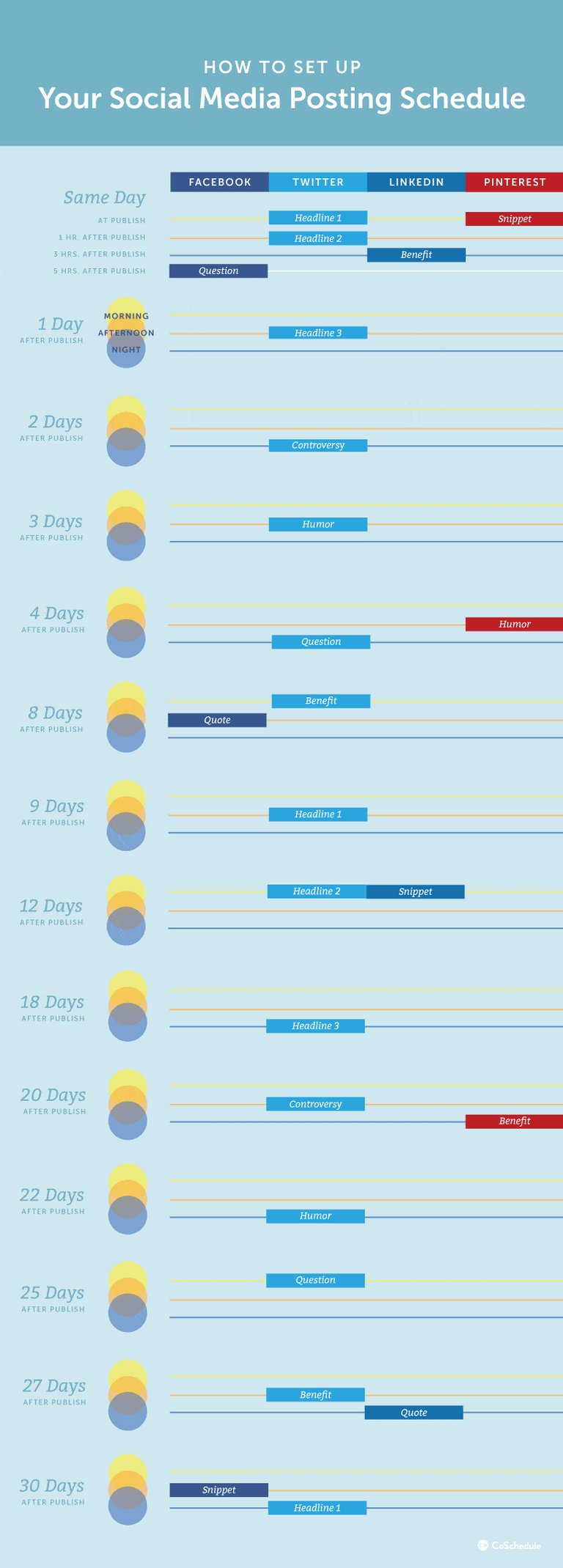I’m going to cut straight to the chase: if you’re working in the B2B contentverse, you’re likely dealing with a high demand for content with minimal resources.
The good news is that everyone has woken up and is starting to understand the pivotal role that content really plays in the modern buyer’s journey — yay, job security! The bad news is that the pressure is on to create more and better content all the time 😬.
So how can you reach production targets and quality goals with the resources you have right now? And how can you start to create a shift in your organization so that content production is about quality over quantity?
In other words: how can we get off this hamster wheel we’re all on?
It starts with solid processes. When our work is structured, and communication is clear, we can take a more organized approach. And when we give ourselves the gift of headspace, we can begin to be more strategic about content creation. We can say yes to the things that make sense and no to the things that don’t.
I’ve been crafting and optimizing several content creation processes over the years to help me do this, and I figured — why not share? So without further ado, here are a few tried and tested processes, checklists, and templates that I’ve used with various content teams and across different B2B organizations to empower everyone to efficiently create — and use — quality content.
Critical steps to include in B2B content management
I’m not sure if this needs to be said, but just in case: please, for the love of all things holy, stop working in spreadsheets and get a project management tool. Here’s why I refuse to manage a content team without a project management tool (and why you should, too).
Suppose you’re already using a project management tool (🥳). In that case, you might still want to read this section because I’m highlighting some of the ways we use ours to improve communication and increase productivity.
- Single source of truth
If it’s not in the project management tool, it doesn’t exist. We all have one place to go to find updates on projects, check out planning, and review past projects. - Streamlined communication
I know I’m not the only one who loses slack messages with requests and feedback. Having all of the input and comms in one place keeps everyone on the same page — and it keeps content managers sane 😌
I’d add here that this is especially critical if you’re scaling your teams. As you add more cooks to the kitchen, it will become increasingly difficult to streamline comms if you don’t have solid processes in place. Speaking from experience with the Foleon marketing team, while it takes some time to figure out the best communication method within your PM tool, if you take the time in your weeklies and monthlies to sync, then you’ll quickly come to an optimized way of working that suits everyone. - Clear processes
Besides clearly outlining content creation processes in my content strategy, I love having process templates ready in the project management tool. I’ll share some specific ones with you in the following sections. We have a task group at the top of our Brand & Comms board where we keep all the templates so we can easily duplicate them for new tasks.
- Clear accountability
Who owns this project? Why isn’t it moving? Who was supposed to give feedback? Why wasn’t I asked for feedback? All of these anxiety-inducing questions and more can be quickly answered (and fixed) when you have a project management tool. - Clear deadlines and milestones
We plan a lot of our content by month rather than by a specific date, which makes it impossible to have a content calendar in an actual calendar format. Instead, we have it all in our project management tool, and we have a column with months attached. We also have a specific deadline column for tasks that have strict deadlines.
Setting milestones is crucial for keeping bigger projects on track, and I really love subtasks for this. I would say here, though, to use subtasks with some caution — they have a way of taking on a life of their own and can definitely be too much of a good thing. - Automation
Project management tools are super smart these days, and if you’re in the market, I encourage you to check out what kinds of automations your tool offers.
One of my favorite custom automations notifies our Content Ops guru, Jerry, when a piece of content has been live for a specified amount of time (we stipulate this for current events, evergreen content, etc.). It tags the relevant person to review, check analytics, and optimize. This helps us keep our content current as we go along, so we can avoid massive annual content audits.
Work with a standard content publication checklist
It’s easy to get into the habit of publishing content and moving on to the next thing that needs to be created when you’re running the content hamster wheel. That’s why I’ve spent time over the years crafting and optimizing the publication checklist below. I add this as a subtask to every content task in our project management tool, so whoever is on publication duty knows exactly what to do.
This helps us stay consistent in how we promote, repurpose and review our content. The consistent approach also means we can be smart about optimizing our process.
Tried-and-tested content publication checklist
- Add to website
- Set review date on project manager task
- Schedule social media (I swear by the cadence below from CoSchedule — I adjust it according to our most important social channels and then move things around a bit in our scheduling tool based on what’s already planned in. One social post is NOT enough!)

- Communicate the new publication internally, including a link to social blast
- Brief Sales, share the brief with the marketing team as well (you’ll find links to my full briefing templates in the sections below)
- Add to relevant publication board and add review date
- Add the published link and additional details to the content framework sheet.
- Add internal links to newly published content where relevant
- Consider whether this content may be suitable for 3rd party publications (potentially with a rewrite)
- Anything here suitable for repurposing? Create a new content task.
- You might be surprised how many iterations it took to arrive at this list, and I’m still optimizing it. It’s important to adjust it according to your team, bandwidth and content strategy, but I hope this is a good jumping-off point.
Use strong and simple content briefs
I require a brief before putting any content into production. Not only does it help the stakeholder set expectations, but it also helps the content creators produce the right content for the goal at hand.
The essentials for an effective content marketing brief:
- Requestor — this will also likely be the main owner and stakeholder
- Short description — to give us an idea of what they’re looking for
- Funnel stage — where does this belong in the customer journey?
- Purpose — I believe that marketing content will always serve one of two purposes: answer a question or inspire our audience. I like to ask people to think of their content request in these terms so we can easily understand what we are trying to accomplish for our reader.
- Function — Besides having a purpose, content should also have one or more functions. You can think of function as the high-level goal of the piece — what do you want it to accomplish for our business?
-
-
-
- Get found. Content with this function answers questions our audience is actively looking for answers to, and as such, is written to rank highly in search engines.
- Generate brand awareness, ensuring our target audience knows who we are and what we do. They may not want/need a solution now, but they’ll know to come to us (or send their friend) when they do.
- Move a prospect to the next stage. Content with this primary function is filling a specific gap in one or more customer journeys.
-
-
- Explain our product — ensure that it’s easy for prospects to learn everything they need to know about our product
- Establish as a thought leader — this is important for building our credibility and creating confidence in us as a brand and a solution.
- KPIs — how will we measure the success of this content? I have a list of KPIs at the bottom of the briefing to help people who may not request marketing content frequently.
- Target audience/persona — who are we writing this for?
- Part of a project or a la cart — It’s always important to understand the broader context of a piece so everything that should connect does.
- Desired publication date — emphasis on desired 😉
- Dependencies
- Anything else we should know?
Here's a design brief template guide we use internally that you’re welcome to make a copy and uset as well!
Don’t forget to brief your Sales team!
When things are busy, internal comms around new content might feel super low on the priority list. But communicating new content with colleagues is a crucial part of the content process that should never, ever, be skipped. Particularly in B2B, Sales is such an important distribution channel that they really should be briefed on every new piece of content.
That’s why I created a modified version of the original marketing content brief for us to use to brief our commercial team once a new piece of content goes live. We save them all in a single folder, so anyone can easily go back and find an old brief. The goal of the brief is to — in as few words as possible — let our colleagues in Sales know what the new content is, why we made it, who it’s for, and when they should use it.
Our sales brief includes:
- Title of new content
- Link
- Short description
- Funnel stage
- Purpose
- Function
- KPIs
- Target audience/persona
- Broader context of content (e.g. part of a campaign)
- How you can use it
- Link to social blast
Here’s the template in a Google Doc so you can make a copy and use it yourself.
What processes and templates do you swear by?
I would love to hear more about how you set up your processes and templates — it’s too easy to get stuck in our bubbles and get content tunnel vision. You can use this email address to share your experiences or feel free to reach us on LinkedIn.
In the meantime, I’d like to invite you to check out our weekly newsletter, The Crave, for more on all things B2B content from our editorial team. It’s available for anyone to read each week (we always post a link on the Foleon LinkedIn page), and if you like it, you can subscribe to get it directly to your inbox.
I’m absolutely convinced that the more we share with each other, the more we’ll all benefit. So stay tuned for more on content strategy and to learn how we’re empowering our colleagues outside of the Brand & Comms team to create content.
%20(1).png?width=1600&name=B2B%20Content%20Marketing%20and%20Empowerment-14%20(1)%20(1).png)
